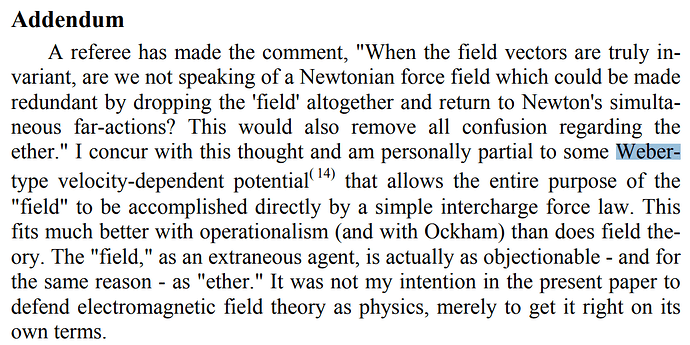Relevance:
Phipps got me in touch with the “crackpot term” which, itself, traces to Hertz.*
Phipps and I got to know each other, unfortunately, just after this estate sale deprived the aforementioned MVP project – also located in Urbana – of his laboratory. I didn’t know of Phipps or this estate sale until after the estate sale. What is particularly “spooky” is that it turned out one of our team who was located in Albuquerque, NM, had asked me to dig up a book by Phipps titled “Heretical Verities” at just about the time of the estate sale but I moved too slowly in acquiring it. If I had moved more quickly, and gotten the book on interlibrary loan as I eventually did, I would have discovered the foreword to that book was written by a colleague of mine via Tom Etter (an attendee of the Dartmouth AI Summer of 1956), Pierre Noyes. Etter and Noyes were the ones that got me interested in the Combinatorial Hierarchy which led to my recent discovery, first documented here at Scanalyst that, just as predicted by the metaphysics of the 4th entry in the Combinatorial Hierarchy, the proton’s curvature and mass, out of all possible massive particles, most closely matches the dimensionless gravitational coupling constant of the entire universe, just as 137, the 3rd entry, has a metaphysics corresponding to the electromagnetic coupling constant. Since the Combinatorial Hierarchy has no free parameters – it is pure mathematics – it is clearly the case that if this isn’t sheer coincidence, Dirac’s large number hypothesis must either be false or bounds must be placed on the variability of these constants, constrained by pure number theoretic considerations.
Phipps had moved out of his family’s long-time home in Urbana due to failing health so I didn’t get to know him very long before this – the last of the home-laboratory physicists with the imprimatur of the prestige academies – ended that tradition, at least until civilization is rebuilt after a collapse.
* While reviewing that paper on Hertzian electrodynamics by Phipps, I ran across this mention of Weber – which I didn’t recall from my previous readings of Phipps’s stuff:
This bears mentioning in the present context both because it appears that even Nature magazine is starting to entertain “crackpot physics” related to Weber, and because I suffered the slings and arrows of being accused by the aforementioned coinvestigator of having read too much science fiction on account of my resorting to Weber in order to explain his the scope traces he and the principle investigator generated back in 2015 – and he just did it again even after I sent him the Nature paper citing Weber and the reformulation of Einstein’s electrodynamics. I mean I had to take two steps into “kooksville” in order to explain his own scope traces as detected by motional test charges in the plasma: 1) dA/dt rather than ∂A/∂t in E_motional = -∇ϕ-dA/dt (subsuming both E and the Lorentz Force), AND 2) Instantaneous or “rigid” ϕ – the latter of which left me wondering if I had, indeed, joined the ranks of the kooks. But that was the best I could do to fit the data – and I only later discovered that Weber electrodynamics supplied both of these steps.
I mean, was it “science fiction” that led me to try to find the closest preexisting theory that fit the observations or was it simple respect for my own limitations in the face of observations? Keep in mind, the principle investigator had died, I’d barely salvaged the equipment and the co-investigator was calling me a kook while I was attempting to rescue him from homelessness while caring for my dying wife.
